In this paper, we use three different kinds of observational data, including 130 strong gravitational lensing (SGL) systems, type Ia supernovae (SNeIa: Pantheon and Union2.1) and 31 Hubble parameter data points (H(z)) from cosmic chronometers to constrain the phenomenological model (ρx ∝ ρmaξ). By combining these three kinds of data (Union2.1+SGL+H(z)), we get the parameter value at the confidence interval of 2σ, ΩX,0 = 0.69 ± 0.34, ωx = −1.24 ± 0.61, ξ = 3.8 ± 3.9 and H0 = 70.22 ± 0.86 kms−1 Mpc−1. According to our results, we find that the ΛCDM model is still the model which is in best agreement with the observational data at present, and the coincidence problem is not alleviated. In addition, the ΩX and Ωm have the same order of magnitude in 0 < z < 1.26. Finally, we obtain the transition redshift zT = 0.645. If the transition occurs in z > 0.645, it is necessary to introduce the dark energy interacting with dark matter.



